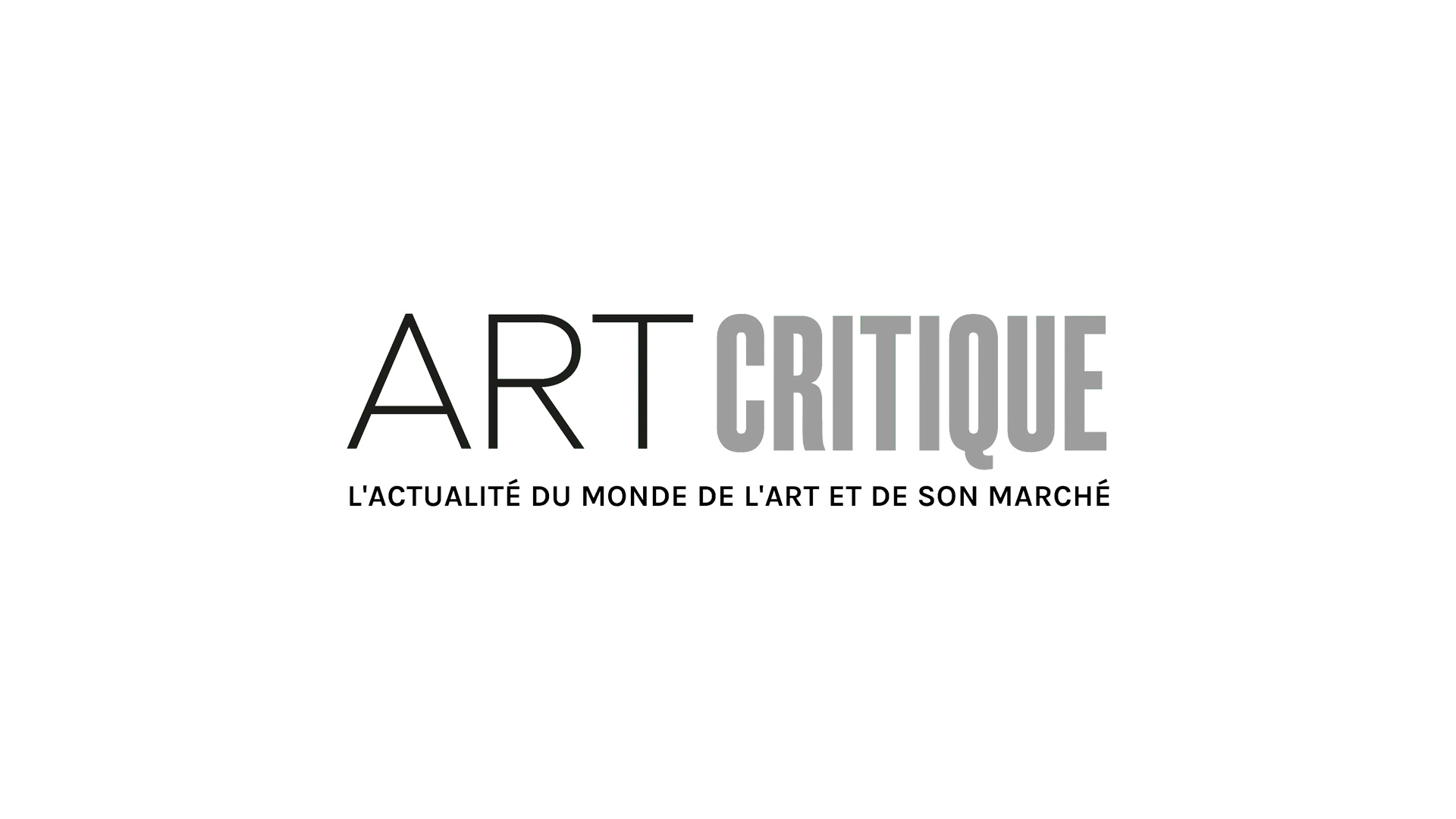Through 5 May 2019, “Romamor,” the first personal exhibition in Italy by the French artist duo Anne and Patrick Poirier, is being held at the French Academy in Rome Villa Medici.
Their creative symbiosis crystallized at the Villa more than fifty years ago – a combination of sculpture, architecture and archaeology that explores history and ancient civilizations through the creation of imaginary cities, and also reveals the fragility of memory, like contemporary Vanities.
Both artists deeply affected as children by the devastation of war. She was born in 1941 in Marseille, where the old port was bombed, and he in 1942, in Nantes, where his father was killed during a bombing when he was just a year old. Their work bears the mark of this violence and sense of loss, of the vulnerability and precariousness of everything.
They met in Paris, both students at the School of Decorative Arts in Paris (and fell in love on a bench at the Louvre in front of Nicolas Poussin’s painting Et in Arcadia ego) and both won the Rome Prize in 1967 and moved to the Villa Medici, where they lived from 1968 to 1972, where they embarked on their collaborative artistic journey. There, they became fascinated by ancient cities and settlements, by their disappearance. From this distinctive sensibility emerged mysterious cities, imaginary archeological recreations, a passion for ruins, investigations of the nature of gardens, and a blending of historical works and site-specific creations.
“Periodically, then, we move from shade to light, black to white, order to chaos, ruins to utopia, past to future, introspection to mental projection. Our dual architect-archeologist identity means we can shuttle back and forth between these seemingly distant worlds in search of their secret interconnections.”
The exhibition begins with a recent sculpture, Le monde à l’envers (The World Upside Down, 2019): a globe of the world and celestial constellations, combined with the couple’s self-portrait as Janus, knives and an airplane. Other works include L’Incendie de la grande bibliothèque (The Burning of the Great Library, 1976), a charred architectural metaphor for memory and the brain; Ouranopolis (1995), a “city in the sky,” an elliptical building suspended from the ceiling containing miniature worlds; and a dreamlike space on the main staircase, Le songe de Jacob (Jacob’s Dream, 2019), composed of names of constellations, phosphorescent ladders, suspended snakelike shapes, and white feathers.

The show also includes the self-portrait Rétrovisions (2018), Surprise Party (1996) – a deflated globe on an scratchy record player atop a suitcase; Lost Archetypes (1979), a series of four white models of ruined sites; and Journal d’Ouranopolis (Ouranopolis Diary, 1995).
The exhibition continues in the Villa Medici gardens with Le Labyrinthe du Cerveau (The Labyrinth of the Brain, 2019), where the shape of the brain, with its two hemispheres, is drawn in Carrara marble;

Le Regard des Statues (Gaze of the Statues, 2019), plaster eyes distorted by the water they are immersed in; and a work created at the Villa in 1971 of paper stelae made from moldings of the Herms, those strange creatures the artists came upon in the gardens, shown together with “notebooks of personal reflections and drawings” and porcelain medallions bearing these funerary images.





